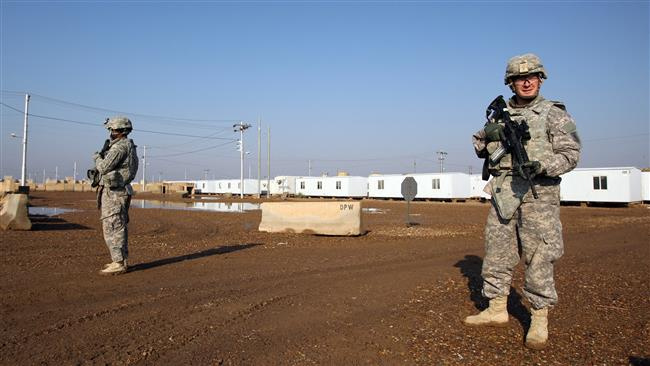Washington’s Plans to Remove Assad from Power Is Off Table - But for Now

To analyze the recent agreement between Donald Trump and Vladimir Putin on the sidelines of the G20 summit to establish de-escalation zones in southwest Syria, we should go back a couple of weeks, when it was perceived that Washington had put off the table elimination of Assad from power as an option.
Judging by US’ moves in Syria under the Obama and Trump administrations, its back-to-back field operations and political efforts are not aimed to ‘physically’ eliminate Assad from the equations. Rather, Washington and its allies are trying to undermine Assad’s power ‘leverages’, so that he is automatically discarded from power equations in Syria and the region. For instance, the White House mooted the idea of Damascus’ preparation for a new chemical attack on the opposition, and without bothering to offer any evidence, warned the Syrian government of a retaliatory measure. The reasons and objectives of the United States in mooting such claims, along the prospects of a strike, are among issues worth consideration.
Issues like Bashar Assad’s likely use of chemical weapons, previously brought up in Khan Shaykhun but still uncorroborated, are part of Trump’s efforts to open an appropriate gate to make inroads into the Syrian crisis. In the meantime, Russians, who did not want to act passive and reactive like some previous occasions, closely monitored US moves and stated that they would respond if Washington opted for unilateral action.
Immediately afterwards, some regional analysts came to believe that the two superpowers sought a series of measures at political and operational levels in order to avoid confrontation and control the tensions, hence agreements between the two sides. It seemed that Washington was seeking direct assault and wanted to pave the ground for a series of measures by allies like the Kurds and the Syrian Democratic Forces in the north, in an effort to aid them advance towards the southwest.
We also witnessed a series of developments including a joint Jordan-US military exercise in north of Jordan and launch of a military base in southeast Syria by the US to organize and train Assad opposition forces. Part of the opposition also has moved from Jordan and al-Tanf toward southeast of Syria to connect the north to the south after the cleansing of Raqqa, securing influence zone in the east of Euphrates. Their goal could be to prepare for the establishment of a base to fight the government, to balkanize Syria, or to prevent Iraqi supporters of Assad from entering into Syria.
Even though the US seeks to pave the ground for operation and has moved towards shaping the public opinion for empowerment of the opposition to combat against the government, it has put itself in a contradictory position. While Washington has strengthened the position of Kurdish groups for a victory in Raqqa - and their subsequent move toward the south- and has built a base 35-km corridor south of Kobanî to train forces and distribute arms, due to tribal sensitivities in the South coming from the Sunni population, it had to incorporate a group of Sunni opposition inside the Kurdish-led coalition of Syrian Democratic Forces (SFD) to move toward al-Tanf after the conquest of Raqqa. In yet another contradictory development, Washington’s support for the Kurds has infuriated Turkey, leading to a confrontation between the two countries. That is how US is staging a matrix of paradoxical positions in Syria.
The Americans may put a lid on these contradictions in the fight against the ISIS, somehow dishonestly because Washington’s moves indicate that their ultimate motivation lies in toppling the Syrian government in the long run with the following three conditions:
- The successor to Assad should be reliable and manageable;
- There should be no risk imposed to the security of Israel; and
- The foundation of the army should not change in order to avoid another Libya.
In short, US’ goal in Syria is to pave the ground for future influence-wielding, i.e. in the post-Daesh Syria and to curb the influence of Iran and Hezbollah. Washington suffers a lack of practical influence at political and governmental levels in Syria and has no trusted ally in the country. What they are trying to do is to provide domestic leverage and garner forces to fight the Syrian government; i.e. opposition forces without the troubles of ISIS, and to be able to guarantee the conditions enumerated above. However, regarding the resistance of the Syrian government against Washington’s measures, the balkanization of Syria is ultimately a long-term goal for the United States. That is why we see that the physical elimination of Assad from power is off the table in the West, but the marginalization of his supporters has already started.

